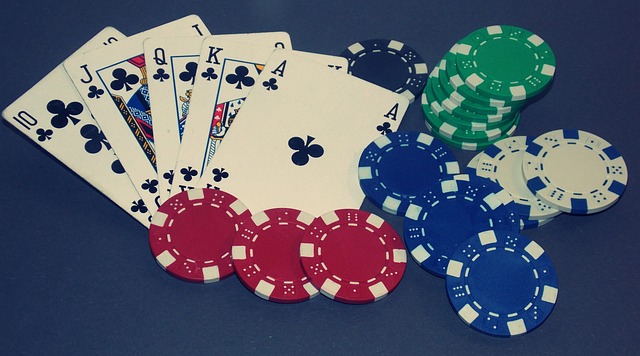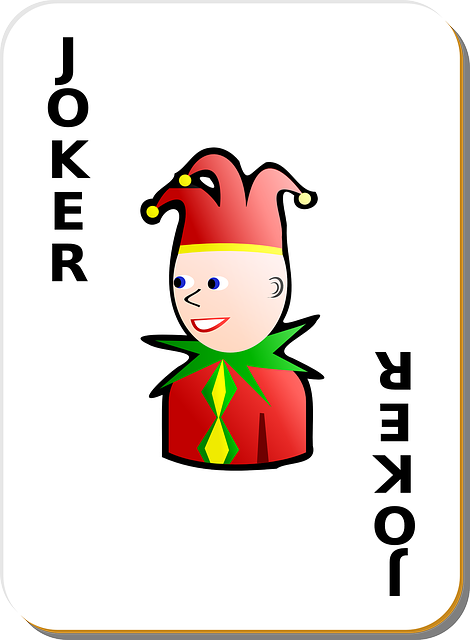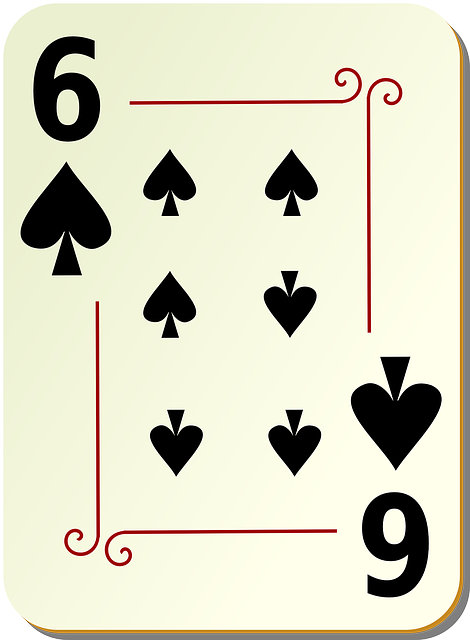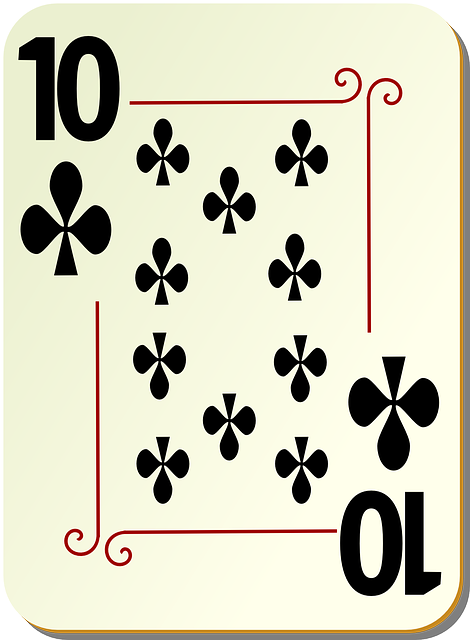Mastering poker hand rankings is essential for beginners learning How to Play Poker. Understanding the hierarchy from highest (Royal Flush) to lowest (High Card) allows players to evaluate hand strength, guiding decisions on folding, betting, or raising. Memorizing standard rankings and common hand types like Straight, Flush, and Pair is crucial for early strategy development in How to Play Poker.
Poker is an engaging game that requires both skill and strategy. For beginners, understanding the fundamentals is key to success. This guide will walk you through the basics of poker hand rankings, essential for navigating any game. We’ll then delve into strategic playing, focusing on pre-flop, flop, turn, and river decisions. Additionally, learn about bankroll management—a crucial aspect of sustaining your poker journey. Discover tips to build and manage your poker funds effectively while developing patience and discipline.
- Understanding the Basics of Poker Hand Rankings
- – Introduction to poker hand rankings
- – Explanation of common hands (e.g., High Card, Pair, Two Pair)
Understanding the Basics of Poker Hand Rankings

Poker is a game that revolves around strategy and understanding hand rankings, which forms a crucial part of how to play poker successfully. Before diving into complex plays, beginners must grasp the basics of poker hand rankings. The goal is to form the best five-card combination from a hand dealt face-up or face-down. Cards are ranked in order from high (like a royal flush) to low (like high card). Familiarizing yourself with these rankings is essential for making informed decisions during gameplay, helping you understand the strength of your hand and how it compares to your opponents’.
Knowing the hierarchy allows players to strategize effectively. For instance, understanding that a pair beats a high card combination empowers beginners to make calculated risks. It’s about recognizing when to fold, bet, or raise based on the potential value of your hand relative to others at the table. This foundational knowledge is key in navigating the early stages of learning how to play poker and sets the stage for more advanced concepts later on.
– Introduction to poker hand rankings

Before diving into the game, it’s crucial to understand poker hand rankings. This foundational knowledge is key in how to play poker effectively. In its simplest form, poker involves comparing five-card hands, with each player attempting to create the highest-ranked hand according to the standard order: High Card, Pair, Two Pair, Three of a Kind, Straight, Flush, Full House, Four of a Kind, Straight Flush, and Royal Flush. Familiarizing yourself with these rankings is essential for beginners as it provides a framework for decision-making during gameplay.
By grasping the hierarchy of hands, you can assess your initial cards more objectively. This understanding allows you to strategically decide whether to fold, call, or raise based on both your cards and the community cards. It’s not just about memorizing rankings; it’s also about internalizing their relative strength, enabling you to adapt your how to play poker strategy as situations unfold during a game.
– Explanation of common hands (e.g., High Card, Pair, Two Pair)

When learning how to play poker, understanding common hand types is essential. Poker hands are formed by combining the cards in your hand and on the table. The most basic types include High Card, where no combination exists, and Pair, where two cards of the same rank appear. Two Pair takes this a step further with exactly that—two pairs of matching ranks.
For a more substantial hand, players aim for Three of a Kind, followed by Straight, which is five consecutive cards, and Flush, consisting of all cards from the same suit. The highest possible hand in poker is a Royal Flush: ten, jack, queen, king, and ace of the same suit. Familiarizing yourself with these combinations is a great starting point for any beginner navigating the world of poker.
Poker is a game of skill and strategy, and while it may seem daunting for beginners, understanding the basics can enhance your gameplay significantly. By grasping the art of poker hand rankings, you’ll be well on your way to becoming a proficient player. Remember, practice makes perfect, so apply these tips, keep learning, and soon you’ll be navigating the tables with confidence. Master the fundamentals, and you’ll be ready to explore more advanced strategies in no time – happy playing!






